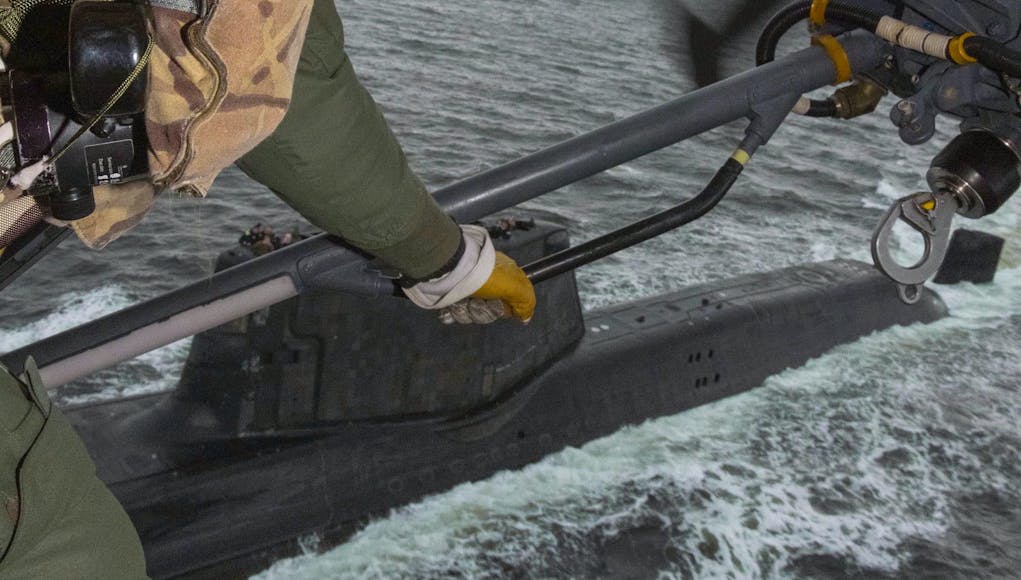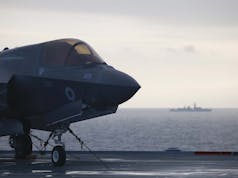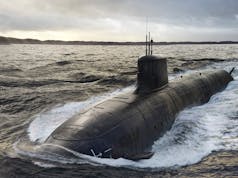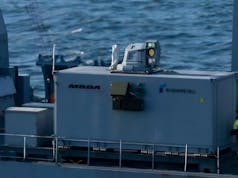The Ministry of Defence has confirmed that the Vulcan Naval Reactor Test Establishment (NRTE) in Caithness, Scotland, will continue operating in support of the UK’s nuclear submarine programme until at least April 2027, before transitioning to decommissioning.
In a written statement to Parliament on Wednesday, Maria Eagle, Minister for Defence Procurement and Industry, outlined the future of the site, which has supported nuclear propulsion testing for more than half a century.
The last test reactor was shut down in 2015, and the site has since focused on fuel management and safety assurance for the Royal Navy’s nuclear-powered submarines.
“The site continues to provide valuable support to the submarine enterprise,” Eagle stated, “ensuring our submarines remain safe to operate in meeting our national security requirements, including the continuous at-sea deterrent.”
Operations at Vulcan currently sustain around 280 highly skilled jobs across the Ministry of Defence and Rolls-Royce Submarines, which manages much of the activity at the facility.
The statement confirms that, once this work concludes, management of the Vulcan site will transfer from the MOD to the Nuclear Decommissioning Authority (NDA) to begin decommissioning. Eagle added that the government is exploring synergies between Vulcan and the neighbouring Dounreay civil nuclear site, which is also being decommissioned, in an effort to maximise efficiency and deliver value for taxpayers.
“In the longer term, the MOD remains committed to decommissioning of the Vulcan site and to remove fuel from the site as soon as is reasonably practicable,” Eagle added.
The announcement provides clarity on the future of the historic site, ensuring continuity of operations for the UK’s submarine deterrent in the near term while outlining a path toward final closure and clean-up.














So is that support role / capability being lost or is it going somewhere else and who would be responsible for it?
Cheers CR
No doubt similar to all the other MoD/Government departments such as DERA, National Gas Turbine Establishment (NGTE), Military Vehicles and Engineering Establishment (MVEE) etc. Basically sold off and commercialised.
So where is reactor development being done now?
China, Iran, North Korea, Pakistan, India, Israel, France, Russia and Trumpland.
Mostly.
BS !
BS ?
So you think UK is the only one ?
Same place it has for the last 60 years, RR on Raynesway in Derby. Design, development and manufacture of the reactors, components and fuel are all carried out here.
Spock. where are you ? this is your greatest moment, we need you Vulcan Input.
Beam me up scotty.
To me it’s a very personal and sad turn of events as 2 generations of my family were posted up there from Derby at various times, it’s quite simply the most wonderful part of the U.K to live in. Hence no one ever wanted to go back to Raynesway. My late Uncle was Derby born and when he went up there he went native, he wore tweeds and a Deer Stalker for the rest of his life.
It’s a bit of a complex subject as Vulcan served 2 purposes, one of which is deemed no longer necessary and one which is heading the same way.
The first was the Test facility for the PWR1 and then the PWR2 it was originally known as the ARTE and then the NRTE, the reactors were literally run full bore to test them fully and various different cores were fitted and tested over 40 odd years. The reason for running them at max or very close to it was to see just what effects it had on the metallurgy of components and identify any possible problems before they could happen in the reactors / cores in the boats.
In that task it was 100% successful as it was during the tests on the PWR2 that a fault was found in the core cooling system, hence HMS Vanguards long unscheduled extra refit and refuelling. When it came time to start thinking about a PWR3 test facility a decision was made that based on 40 years of test results and by using computer simulations it was no longer necessary for a live Test Reactor.
IMHO that is “probably” a justifiable decision but if money was no object I’d have gone for it as I just hate “probably” in any engineering situation.
The second is LAIRD or better known as the Land based nuclear submarine, it’s for training RN Nuclear engineers in a realistic complex which has again been used for decades and helped train generations of RN Engineers. As an aside the original and very early facility used the live JASON reactor which sat quite happily under the Old Royal Navy College in Greenwich, yep a live reactor in London and under a 17th Century grade 1 listed building.
These days just like Aircraft and F1 cars simulators are replacing the older training facilities.
To answer the 2 questions above the design and development of U.K Submarine nuclear reactors and power plant has been carried out by private companies since day one of U.K nuclear submarine development back in 1954.
Rolls Royce here in Derby was deemed (quite rightly but then I’m biased) to have largest concentration of transferable skilled engineers and experience to form the core of the project. But it also needed to include other fields of expertise such as Submarines and Steam Turbines. Hence Rolls Royce & Associates was set up, consisting of RR, Foster Wheelers, Babcock and Vickers Nowadays it’s called RR Submarines Ltd.